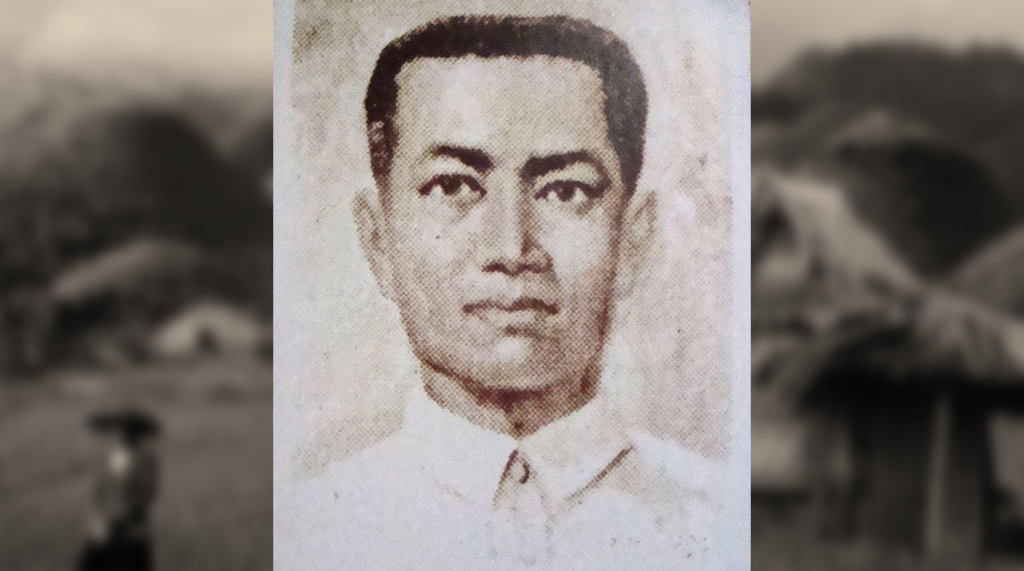
Proem
In August to September 1999, I wrote in this column a series of eight articles regarding the Francisco Dagohoy Revolution. The reference used was already comprehensive but some details were still lacking.
Last week my good friend Prof. Emmanuel L. Romanillos, a retired Professor from the University of the Philippines, Quezon City, sent me an additional reference book regarding the Dagohoy Revolution.
Prof. Romanillos sent me through e-mail the book entitled “HISTORIA GENERAL DE PHILIPINAS. TOMO XIV.” It was authored by Padre Fr. Juan de la Concepcion, Recoleto Agustino Descalzo, Año 1792. It contains at least 421 pages. (Note: This is the first time I encountered the spelling “Philipinas.”)
The whole book is written in Spanish and the data about the Dagohoy Revolution is found in Chapter 3, pp. 76-107, entitled “Reforma los Oficios de Justicia en la Ciudad de Zebu el Señor Arandia: Y dase noticia de el alzamiento de Bohol.”
Writing Style
The pieces of information are given in a narrative style. Names of people, places, and events are given but no dates are given. The book was published in 1792 so the stories must have been written sometimes in 1785. By these dates, Francisco Dagohoy was still alive.
Generally the writer, Fr. Concepcion, who was a Recollect priest, wrote what happened prior to and immediately after the Augustinian Recollects replaced the Jesuits when the Jesuits were expelled.
The Jesuits were expelled from all Spanish Dominions in 1768. Since no dates are given you will have to read other references to obtain the dates.
Old and New Data
Most of the narration of Fr. Concepcion are found in other historical sources. However there are details that are not found in other sources. For example Fr. Concepcion said that there was already a plan to resettle the followers of Dagohoy into a town. However the names of the proposed two (2) towns presented by Fr. Concepcion does not appear in the final towns made when Dagohoy’s followers were resettled in towns in 1829.
The sector leaders of Dagohoy namely, Ignacio Arañez, Pedro Baguio, and Bernardo Samote, were resettled in a trial basis in places near the present towns of Guindulman, Candijay, and Alicia. The settlements did not prosper because the resettled followers of Dagohoy fled.
Another leader of Dagohoy by the name of Ligaon is said to have thousands of followers. This name is not found in other records and there is no given place where Ligaon stayed.
Clearer Narrative
The narrative of Fr. Concepcion is much clearer regarding the visit of Bishop Espeleta and the killings of Fathers Lamberti and Morales. The friendly moves of the Recollects, led by Fr. Santabarbara is treated in more details including the withdrawal of Spanish forces from some of the towns in Bohol.
The chagrin and dismay of the Boholano fighters that were brought by the Spaniards to fight the Moros in Pangil Bay in Misamis is much clearly stated.
From year 1792, when the book was published, to the defeat of Dagohoy’s followers in 1829 is 37 years. At least we have some data for the first half of Dagohoy’s 85-year revolution.
Next issue we will discuss on Fr. Concepcion’s data not found in other sources.
